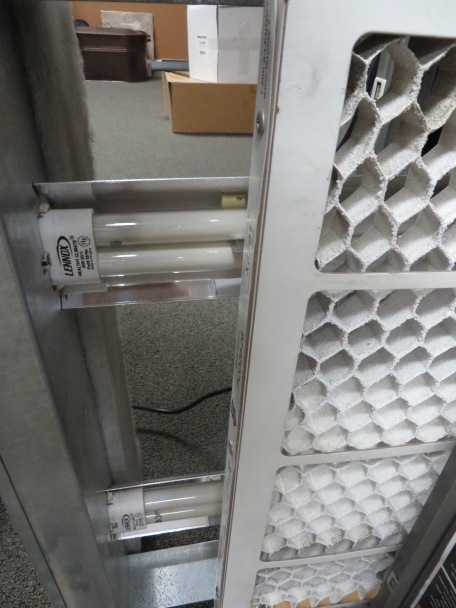A few of the first indicators of poor IAQ (indoor air quality) are irritated nose, throat and eyes.
You’re most likely aware of the dangers of pollution, smog and allergens outside your home – but did you know that your indoor air has the potential to be even more dangerous? This is because “EPA studies of human exposure to air pollutants indicate that indoor air levels of many pollutants may be two to five times, and occasionally, more than 100 times higher than outdoor levels. In recent years, comparative risk studies performed by EPA and its Science Advisory Board have consistently ranked indoor air pollution among the top five environmental risks to public health.”
Terrifying, right? – especially when you consider that the majority of your time and your family’s is spent indoors. For the elderly and children, hidden dangers like molds, dust mites, viruses, mildew and allergens increase the possibility or aggravate certain health conditions, and can be especially dangerous.
Things to look out for.
As we mentioned before irritated nose, eyes, and throat are some of the first indicators of poor indoor air quality. Because these symptoms can also accompany colds, the flu or viruses, it’s imperative to know when and where the symptoms begin. You will know there is a problem if there is dust or dirt around heating or air vents and if there is dust on ceilings or you have stained walls.
Solutions
- Do what you can to reduce indoor pollutants – that means keeping the smoking outdoors, keeping pets groomed, and using air-friendly cleaning supplies.
- Invest in high rated Merv filters for your home comfort system. The more particles the filter can get out of the air, the better the air you’re breathing in.
Click here to schedule an appointment or call us today at 402-362-5702 to learn more about IAQ.

